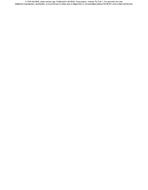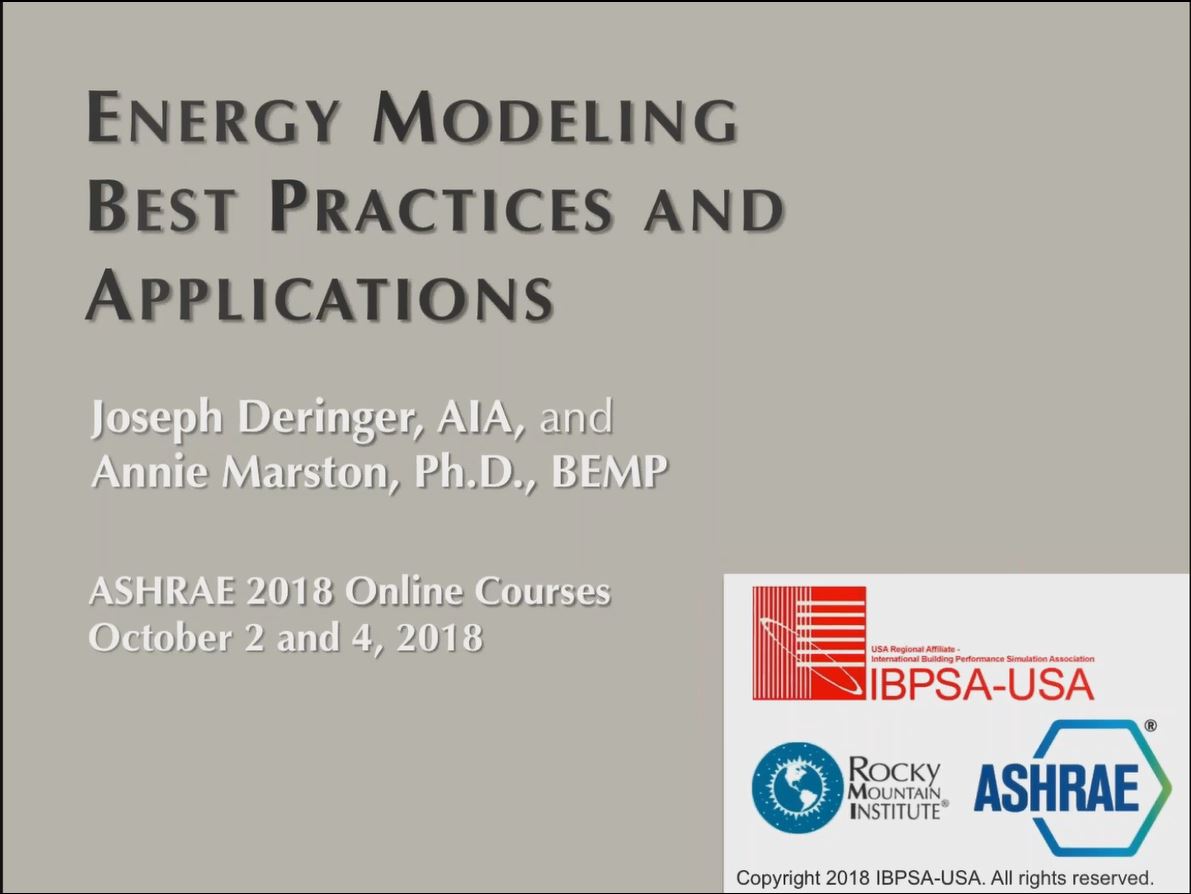The objective of this study is to determine how the cross infection risk can be minimized between two persons with a plane jet of the protected occupied zone ventilation (POV) system. The exhaled air of infected people can be one of the sources of infectious respiratory viruses and bacteria. The infectious exhaled air may from the respiratory activities such as the breathing, coughing, sneezing, and talking. A plane jet was formed in the POV system to separate the room into a source zone and a target zone in a climate chamber, in which tow breathing thermal manikins are employed to produce breathing airflows. The exhaled air velocity and the downward jet velocity were measured at a frequency of 10 Hz, by which the maximum velocity of exhaled airflow can be obtained. In this study, the promising results show that the downward plane jet of POV system can break the exhalation airflow from the source manikin when the supply air velocity in the plane jet is above a certain level. With the downward plane jet, the personal exposure risk from the exhalation airflow is significantly reduced. The supply air velocity of the plane jet plays a critical role in reducing the personal exposure. A supply air velocity higher than 3.0 m/s (9.8 fps) is able to break the exhaled airflow.
Citation: ASHRAE Papers CD: 2014 ASHRAE Annual Conference, Seattle, WA
Product Details
- Published:
- 2014
- Number of Pages:
- 8
- File Size:
- 1 file , 2.6 MB
- Product Code(s):
- D-SE-14-C010


